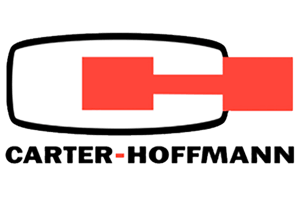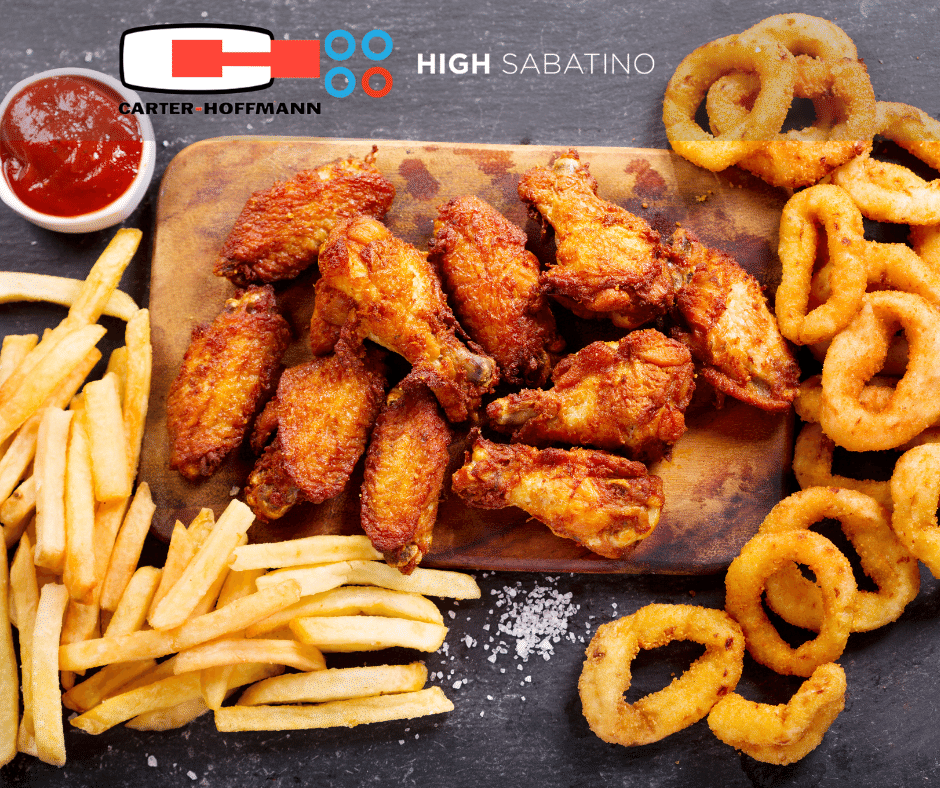This year has seen drastic pivots toward delivery and takeout. This means operators and restaurant owners are modifying menus, changes processes, and doing whatever they can to help control quality from the end of the cooking process up to the point where foods are being consumed -- wherever and whenever that occurs.
If you're like us and you've been ordering in a lot -- we love professionally cooked foods and we love supporting our local Virginia, Maryland, and Washington, D.C. restaurants -- you may have noticed there's one type of food that doesn't always fare well in the take out world.
Fried foods.
It's really hard for operators to take foods directly from the frier and keep them warm and crispy until they leave the establishment. If fried foods sit in a styrofoam box until the customer comes to get them, they can become soggy and lose quality. But there is a single unit that can help.
 The Crisp 'N Hold station from Carter Hoffmann allows restaurants to reconsider the heat lamp, instead opting for a unit that gently circulates air over and through foods. With this process, moisture and excess steam are removed from the equation, keeping foods at ideal temperatures and conditions up to four times longer than traditional heat lamps.
The Crisp 'N Hold station from Carter Hoffmann allows restaurants to reconsider the heat lamp, instead opting for a unit that gently circulates air over and through foods. With this process, moisture and excess steam are removed from the equation, keeping foods at ideal temperatures and conditions up to four times longer than traditional heat lamps.
Different types of operations have different spatial requirements, and Carter-Hoffmann's Crisp 'N Hold can accommodate in these areas, too. Units are available in either countertop or floor standing. Countertop units can also come in drop-in or vertical options to maximize allotted space.
Keep Your Food Longer with a Crisp 'N Hold
There are many benefits to using a Crisp 'N Hold. Less food waste, higher quality, and efficiency are a few of them, but the most important benefit of them all is the one experienced by the customer. We're all looking for quality these days, and this unit can help deliver it.
See it in action
Would you like to learn more about the Crisp 'N Hold from Carter-Hoffmann? Schedule a quick equipment assessment, and we'll walk you through the basics.









